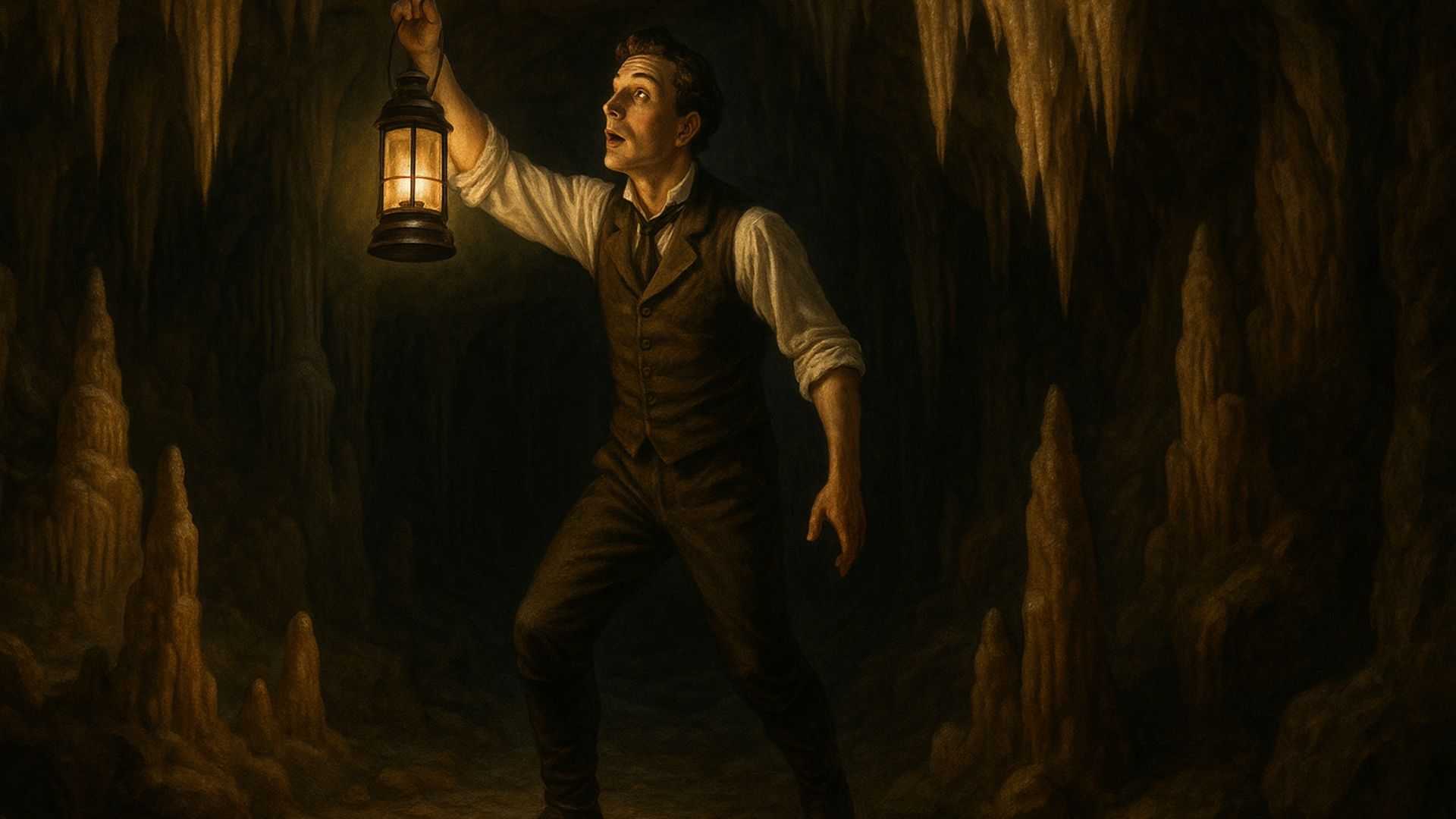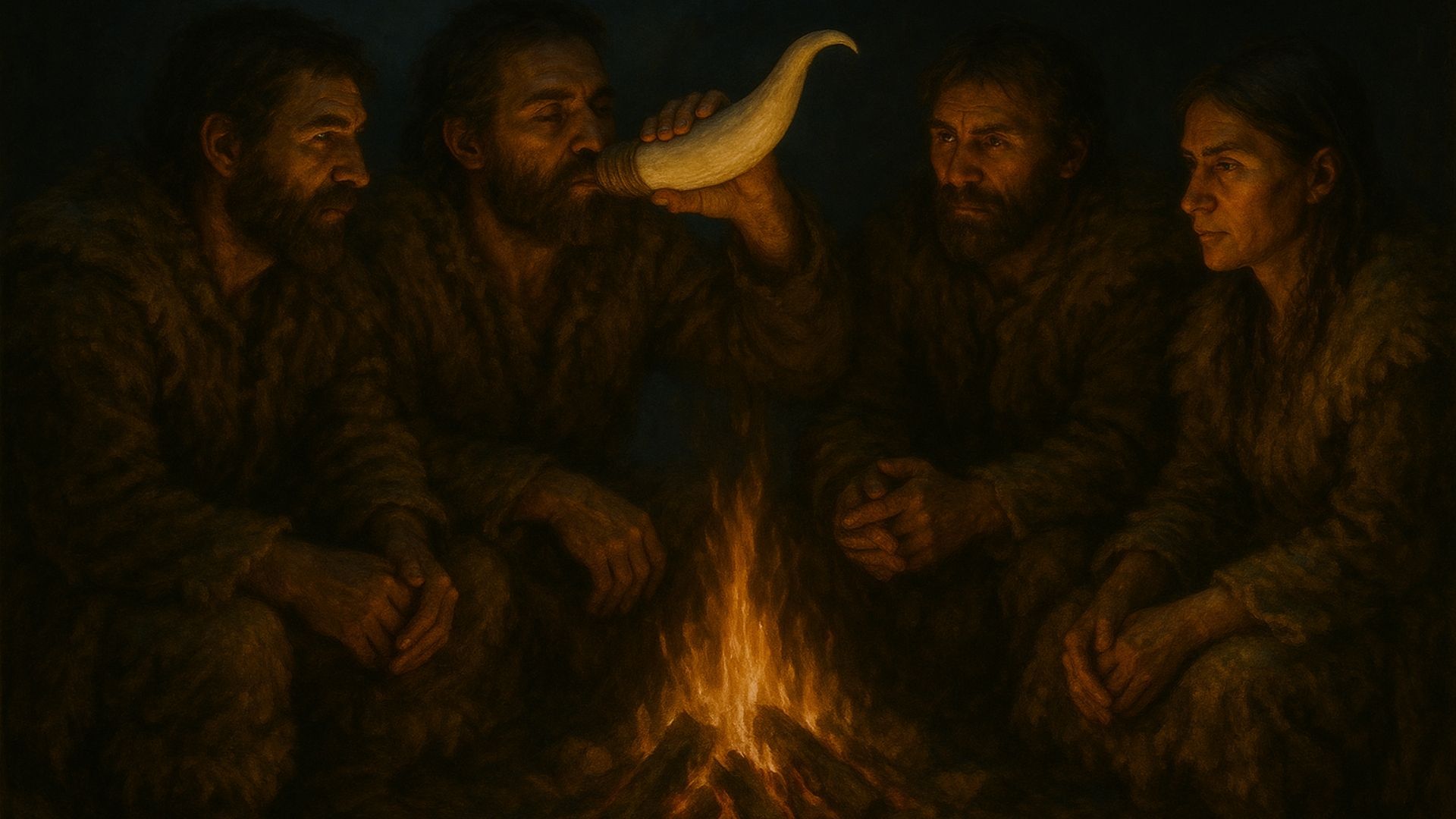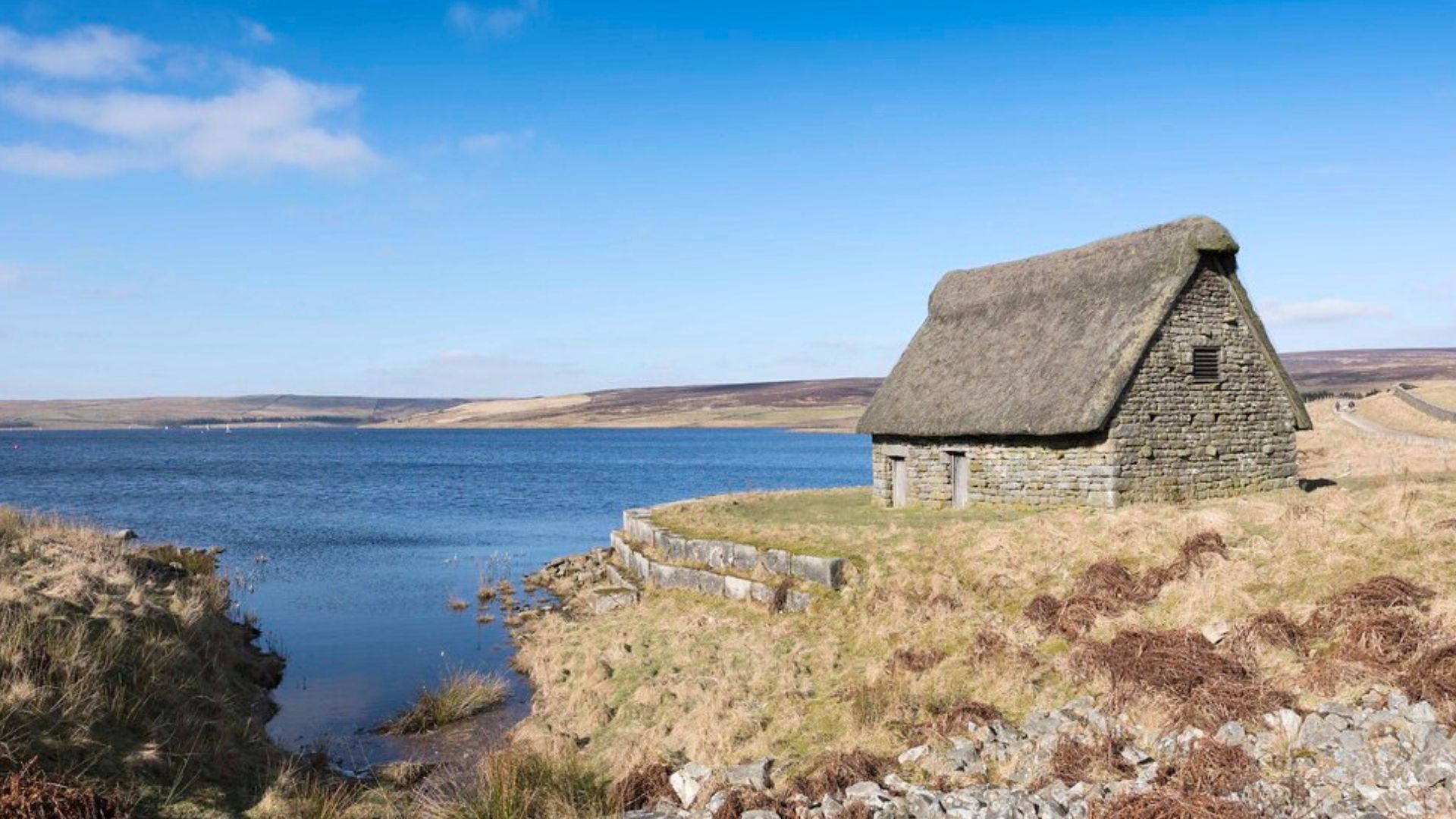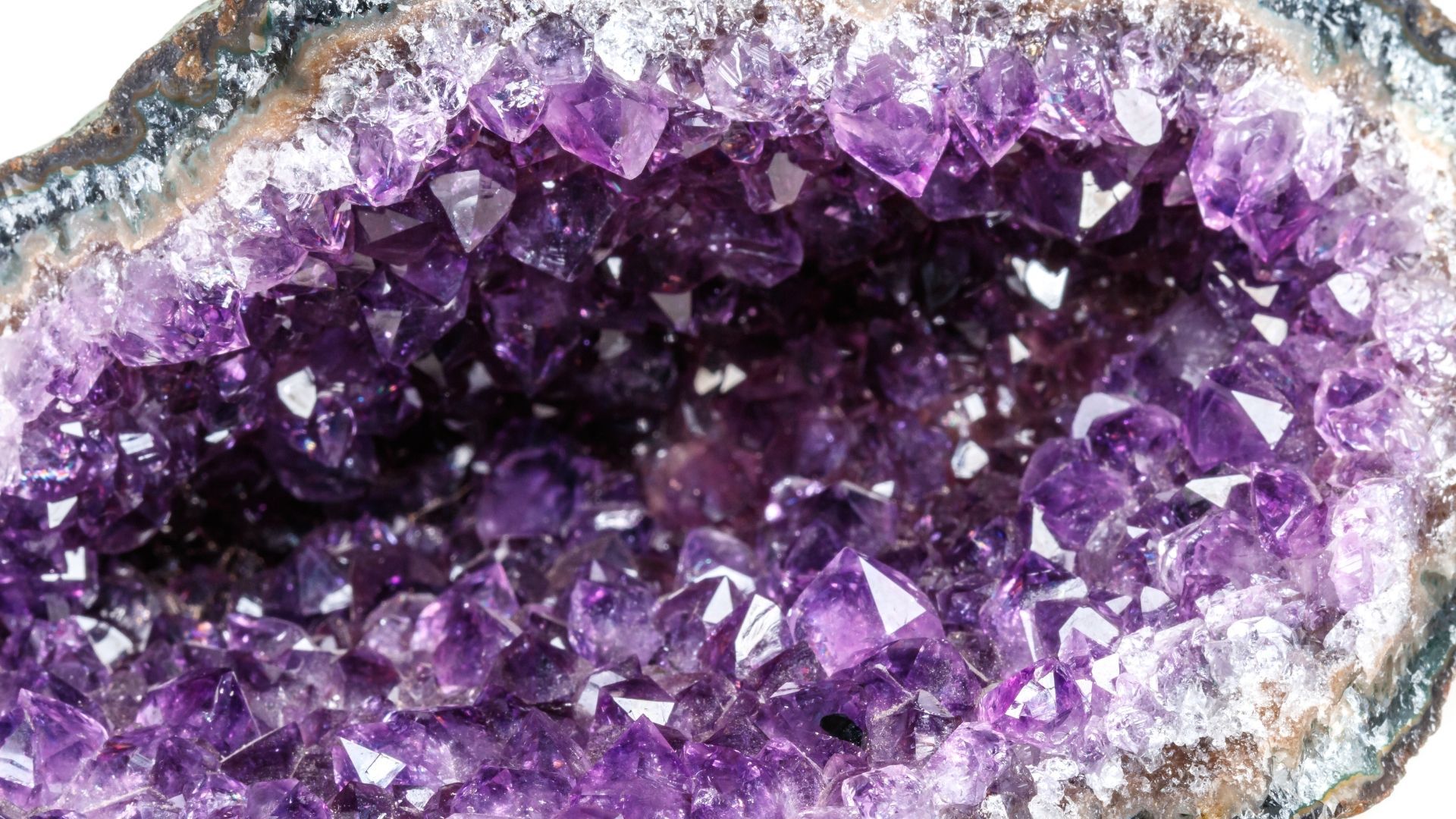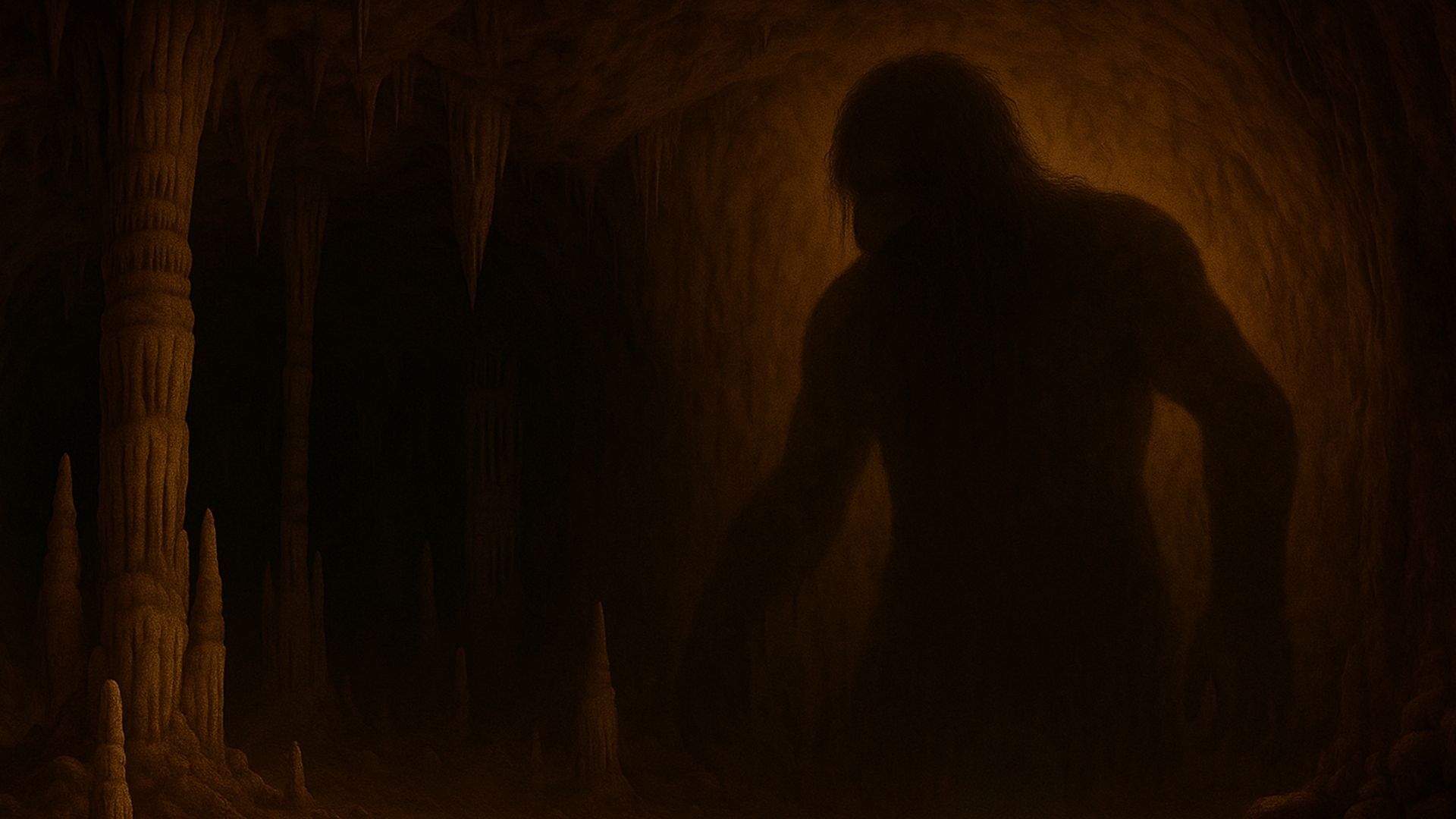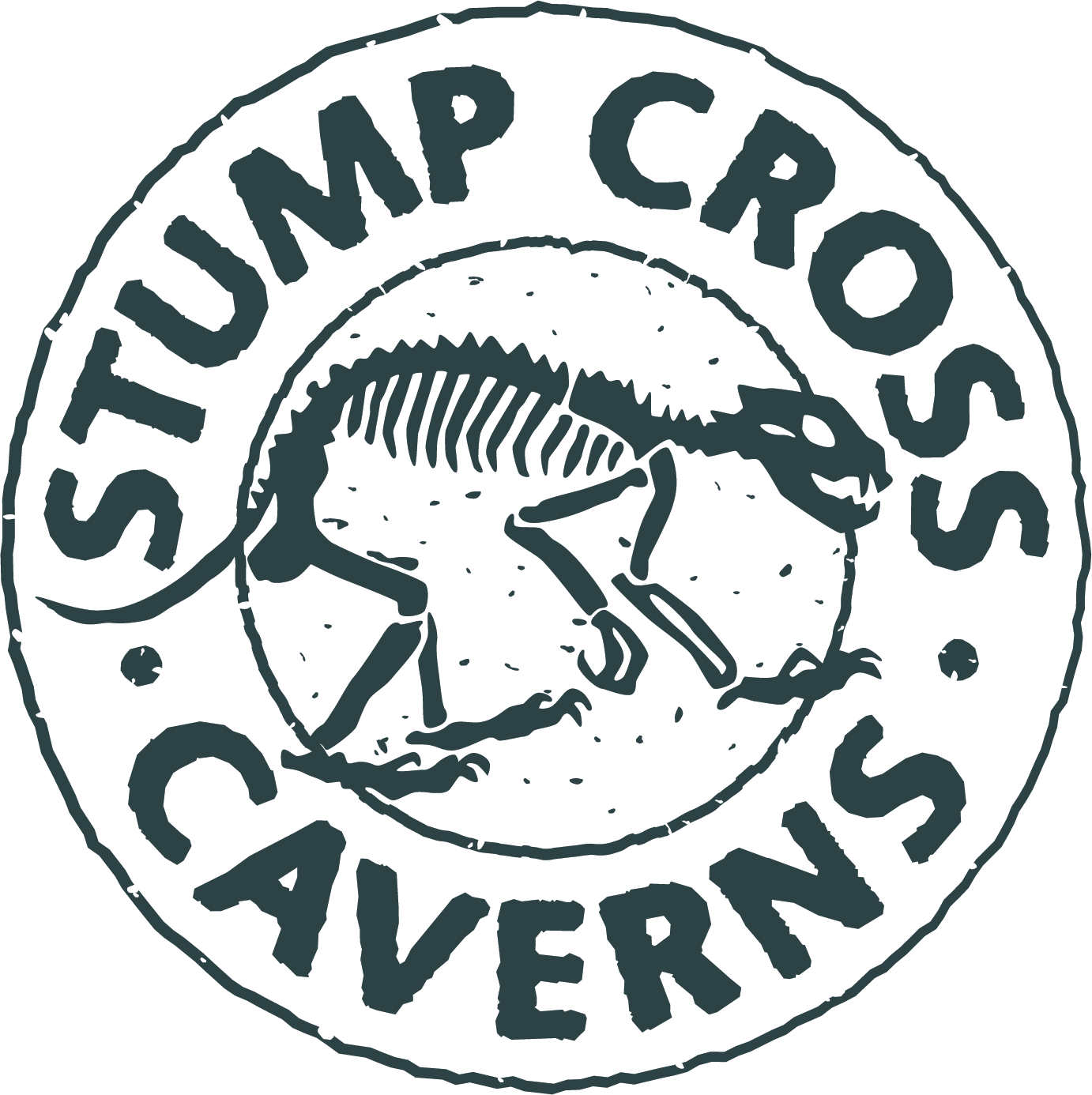What are the most common myths about Stone Age people? Let us help you sift the facts from the fiction.
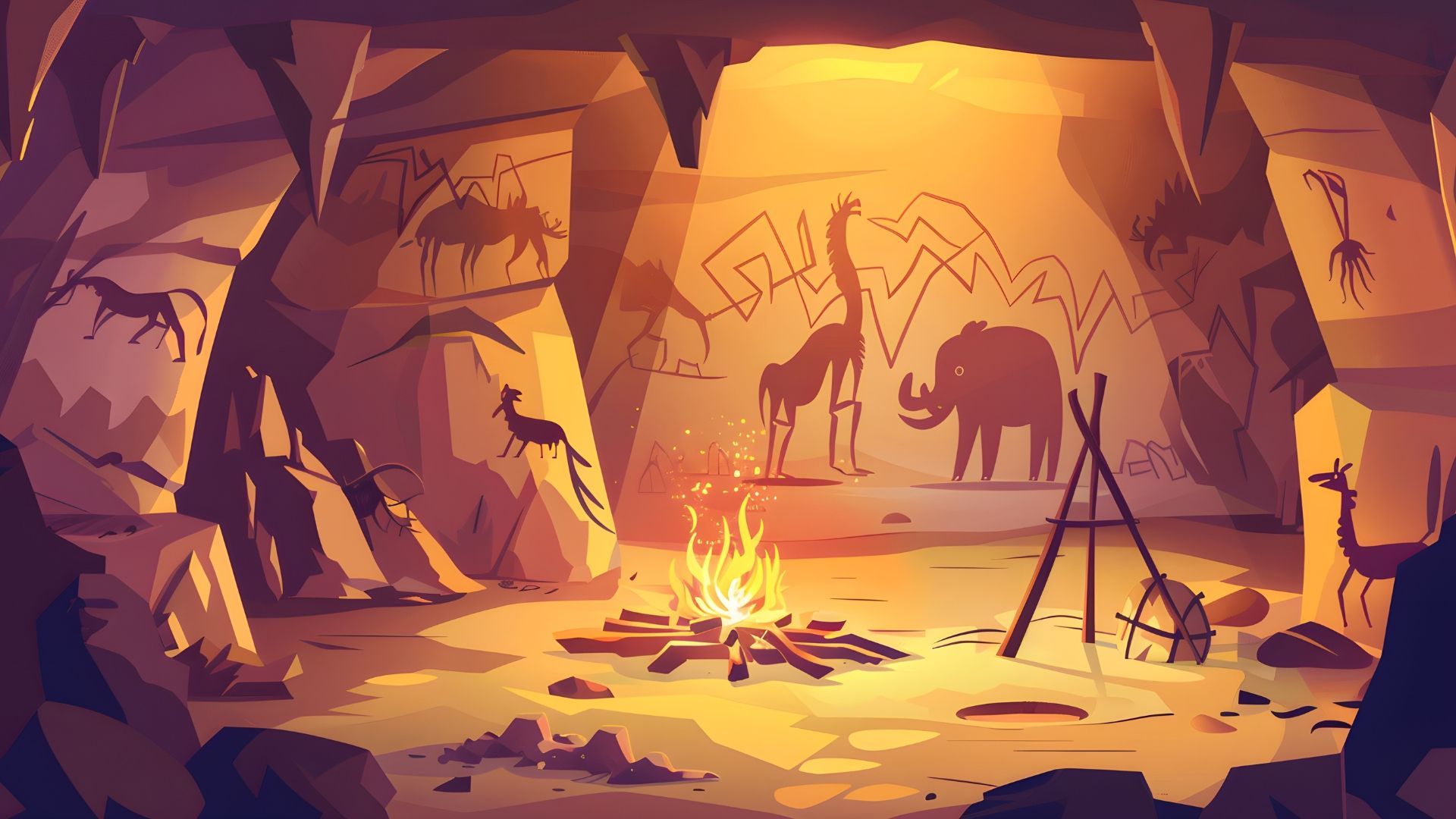
It's Christmastime, and someone has pulled the Pictionary board out of the cupboard. "Very well," you sigh. "'Tis the season."
You look at your card and pick "Stone Age". This, you think, will be a doddle to draw.
And indeed, our mental image of Stone Age people is remarkably consistent. Animal skin, club, horns. Bish, bash, bosh. But how true is it?
The fact is that the Stone Age is one of those things that people know a little about – and as Alexander Pope once said, "a little learning is a dangerous thing".
Myths and misconceptions abound about our prehistoric ancestors. Like many myths, they're rooted in reality but have morphed over time through a historical game of telephone.
So, what do people usually get wrong about the Stone Age? Let's find out.
1. Man the hunter, woman the gatherer
In the Stone Age, you might think, men spent their days roaming the plains, spear in hand, looking for mammoths and other animals to kill. Meanwhile, women would gather berries with babies at their breasts.
Research suggests, however, that this could be a classic case of seeing the past through a wonky modern lens.
One
study, for instance, argues that "division of labour among human foraging populations has typically been recognised as involving males as hunters and females as gatherers.
"Recent archaeological evidence," it goes on, "has questioned this paradigm with evidence that females hunted (and went to war) throughout the
Homo sapiens lineage."
So, next time you imagine Stone Age men as grunting warriors and women as domestic goddesses, think again!
2. It was all stone, stone, stone
In the Stone Age, tools were made out of stone. That's why it's called the Stone Age. Any questions?
Well, there's no getting around the fact that Stone Age people used stone. Humans hadn't yet discovered how to forge metals – so stone would have to do.
But our ancestors used much more than just stone. They also made tools, jewellery and even musical instruments from materials like wood, bone, antlers and shells.
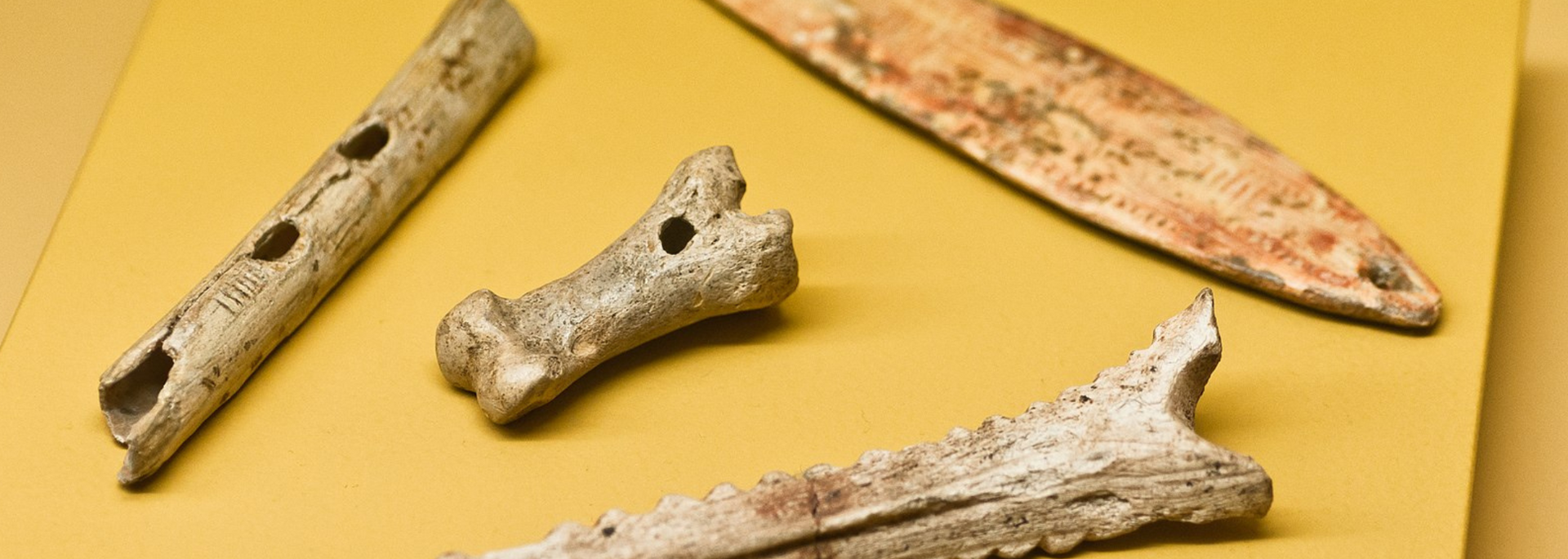
Later in the Stone Age, people began to make clay pots. It's a far cry from the popular image of a Stone Age man hitting a stone with another stone to make a tool he could use to carve stone.
What's more, our misconceptions about Stone Age tools relate to the question of gender roles. People tend to think Stone Age men worked with stone while women made baskets and ceramics.
In fact, both men and women made stone tools. This was a finding shared in the 1991 book
Engendering Archaeology: Women and Prehistory.
3. Stone Age people were nomads
The modern world is bolted in place. Cities and countries are monoliths. In prehistory, by contrast, people were constantly packing their stones and bones into bindles and travelling great distances – weren't they?
This is partly true. There's plenty of evidence showing that early people led nomadic lives. But it's only one piece of the picture.
This is partly because the Stone Age was so incredibly long. To put its length into perspective, the Middle Ages are widely considered to have lasted 1,000 years. The Stone Age lasted
3.4 million.
Towards the end of the Stone Age, people began to build houses and stay put for longer. Their lives started to resemble modern agricultural communities – farming, growing crops and husbanding animals. Nomadic they were not.
So, while many early humans were nomadic, the word "nomadic" doesn't cut it when describing the Stone Age period as a whole.
4. The Stone Age was a single age
OK, this one might seem counterintuitive. It's called the "Stone Age" – not like the Middle Ages. But a period lasting 3.4 million years can't really be considered one continuous age.
The Stone Age refers to human life before the advent of metalworking. That aside, it's a hugely diverse affair.
The Stone Age is divided into three periods: the Palaeolithic, the Mesolithic and the Neolithic.
These names are far from random. They all come from the Greek word
lithos, meaning "stone". The parts of each word before "lithic" tell you the sequence of these eras.
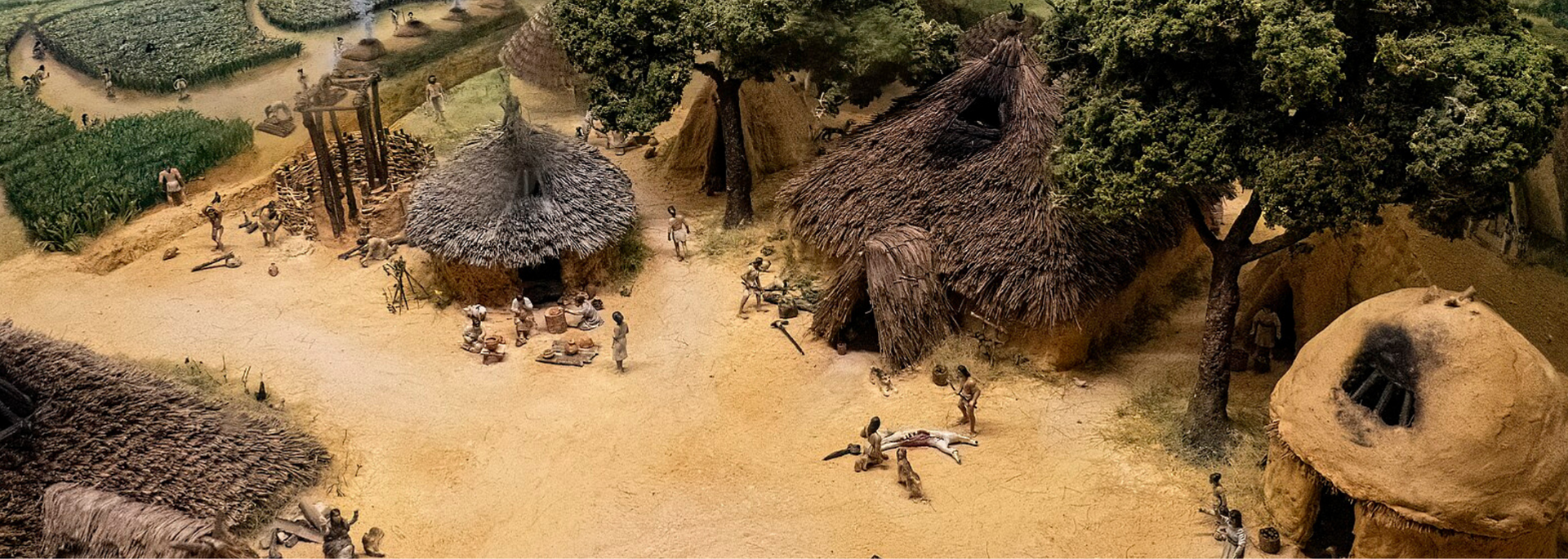
"Palaeo" means "old". The Palaeolithic era, then, is the Old Stone Age where it all began. "Meso", meanwhile, means "middle" – and "neo" means "new".
We don't have space to go into the differences between these periods. But Palaeolithic people, for instance, were largely nomadic and used simple tools. Neolithic people, by contrast, tended to live in settled communities and use more sophisticated tools.
5. They all lived in caves
Perhaps the biggest misconception is that Stone Age people were long-haired loons who lived exclusively in caves. It's a misconception with a long history, starting with medieval art and taking in 20th-century literature and cartoons.
Like all these misconceptions, it's not entirely unfounded. People did live in caves (some still do!) However, they also constructed and lived in tents, huts and other shelters made from animal hides.
This misconception is related to another, broader misconception: namely, that Stone Age people were, well, a little unintelligent.
There's no written record of the Stone Age, so we don't know a huge amount about their inner lives. We do know, however, that they made musical instruments and painted on the walls of caves. The fact they hunted with spears shouldn't lead us to think they were brutish or simple.
Conclusion
The Stone Age is an extremely rich period of human history – much richer than many of the misconceptions we have about it. And best of all, it can be explored and visited today.
From collections of tools in museums to Stone Age sites across the world, prehistory is all around you. Go get some!
Here at Stump Cross Caverns, we love the Stone Age – after all, we're home to the famous Stump Cross
Cavewoman! Why not join us for a
family day out in Yorkshire? You can explore our
magical underground cave network, learn all about our
300-million-year history and even join one of our popular
family fossil digs. It's quick and easy to
book your tickets online.


